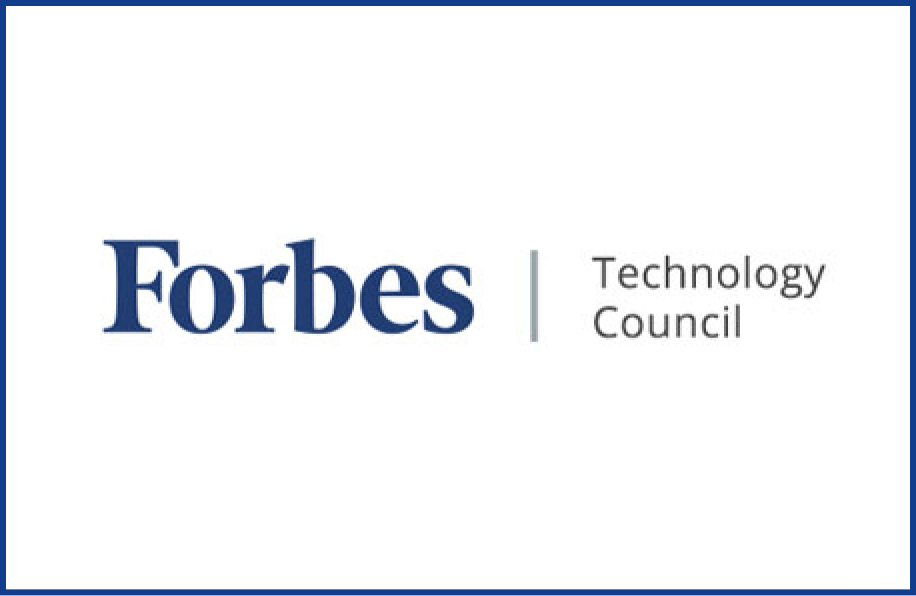Why Project Management Should Be A Team Sport

Yaniv Shor is the founder and CEO of Proggio and the author of the book Time to Deliver, a must read for project managers.

Over the last decade or so, most companies have adopted a team approach in virtually every aspect of their business. From product development collaboration to reaching sales goals, companies have become very clear in their messaging that the entire team is in it together, working toward a common goal.
When it comes to project management, however, many companies take a much more top-down approach. The project manager (PM) or project management officer (PMO) sits at the top of the hierarchy, typically the only one with access to the overall project plan, directing the entire team. Like a wizard behind the curtain, only the project manager is privy to knowing all the moving parts. That means only they can know and respond when things are going wrong.
As modern projects become increasingly complex—with many moving parts both inside and outside the organization (vendors, consultants, etc.)—it’s become increasingly difficult for project managers to keep all the pieces working in sync.
That results in a lot of pressure and responsibility. Because they feel “on the hook” for success or failure without much control over the process, an overwhelming number of PMs feel overworked, stressed and burned out. And it puts project success at risk.
Common as it may be, this approach is a mistake. Imagine a football game in which only the coach is allowed to watch the game and the players are expected to walk onto the field blindly and still perform well. Would the offense be successful not knowing what the kickoff receive team has just accomplished? Could the defense do their best work if they’re not allowed to see the opposing team’s offensive strategy? If only the coach knows what’s happening, it becomes almost impossible for the team to succeed.
Project management works the same way. Games aren’t won because of the coach, and projects aren’t successful because of the project manager. It’s a team effort, and everyone needs visibility into the overall strategy and goal. That means the tools teams use should include access for the entire team, so they can manage their own work and see how their individual tasks roll up into the larger picture.
Here’s why giving everyone visibility into the project plan is essential for empowering the entire team to run more smoothly and more successfully.
• Everyone knows who’s doing what. By including everyone on the platform and associating tasks to specific people, everyone can see who is responsible for what and who they can go to when issues or questions arise. Sometimes you can’t move work forward without chatting with someone who’s working on another piece. Bringing everyone onto the platform makes it easy for people to talk to each other, and to the project manager, so that work keeps moving and doesn’t stall until the next status meeting.
• It boosts team member engagement. It’s widely known that employees perform better in their individual roles when they understand how their specific work fits into the big picture. Giving each project team member insight into how they fit into the project creates a sense of responsibility and obligation to the team. With their colleagues depending on them, they’ll likely be more engaged and committed to doing their best work. Plus, being able to see the work your colleagues are doing provides context for your own actions.
• It supports effective task prioritization. When employees can’t see the big picture or understand dependencies and priorities for the overall project, they’re more likely to work on tasks they prefer, rather than what’s most important. Providing more complete visibility helps the team prioritize based on shared timelines and objectives.
• It’s easier to visualize the process. Coaches often rely on visual cues to communicate plays to the team. Can you imagine a football coach trying to explain a strategic play with a written description instead of the familiar Xs and Os diagram? Communicating project steps and status visually makes it easier for the team to understand what’s next and where things stand in the overall timeline.
When everyone is working from the same playbook, teams are likely to run smoother, and it can create a shared sense of responsibility and ownership. Individuals are better able to stay on top of changes in their own tasks and deadlines, as well as adapt to changes in others’ tasks and the overall project priorities and timeline.
A more inclusive system that brings everyone on board also takes a tremendous burden off the project manager or PMO, providing better visibility into what’s really happening in real time. That ultimately eliminates surprises and helps boost team and project success rates.
Follow me on LinkedIn. Check out my website or some of my other work here.